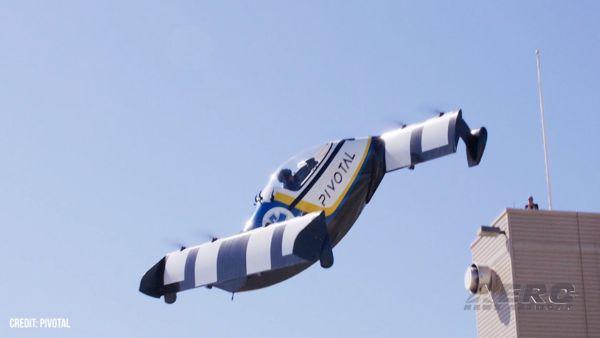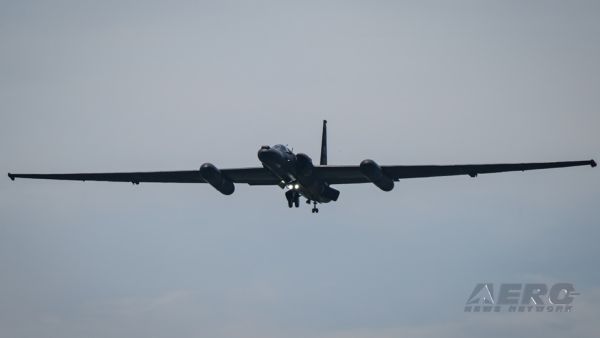Thu, May 04, 2017
President Trump Had Proposed Elimination The $175 Million Program
Airports receiving support through Essential Air Services will continue to be funded through the end of the fiscal year under the omnibus budget bill passed by Congress.

EAS supports airport that have limited commercial service. President Donald J. Trump has proposed eliminating the program from the federal budget, but the continuing resolution approved by Congress maintained funding for that and many other programs at the same levels for the remainder of the fiscal year, which ends September 30, according to a report from the McClatchy news service.
According to the Department of Transportation, the program was put into place to guarantee that small communities that were served by certificated air carriers before airline deregulation maintain a minimal level of scheduled air service. The United States DOT is mandated to provide eligible EAS communities with access to the National Air Transportation System. This is generally accomplished by subsidizing two round trips a day with 30- to 50-seat aircraft, or additional frequencies with aircraft with 9-seat or fewer, usually to a large- or medium-hub airport. The Department currently subsidizes commuter and certificated air carriers to serve approximately 60 communities in Alaska and 115 communities in the lower 48 contiguous states that otherwise would not receive any scheduled air service.
The Department of Transportation and Related Agencies Appropriations Act, 2000, prohibits the Department from subsidizing EAS to communities located within the 48 contiguous States receiving per passenger subsidy amounts exceeding $200, unless the communities are located more than 210 miles from the nearest large- or medium-hub airport. On October 9, 2014, the Department issued a Notice of Enforcement Policy announcing how the Department intended to enforce compliance with the requirements of the $200 cap. The Final Notice of Enforcement Policy on the $200 cap was issued on October 9, 2014. As stated in that Notice of Enforcement Policy, all communities receiving subsidized EAS had until September 30, 2015, based on data from October 1, 2014, through September 30, 2015, to ensure compliance with the $200 subsidy cap or possibly face termination of subsidy eligibility.
More News
From 2024 (YouTube Edition): Hosts Smoke Demonstrator at 2024 NBAA-BACE Display For nearly 30 years, the Emergency Vision Assurance System (EVAS) has been working to raise awarenes>[...]
The Airplane Collided With Trees And Impacted Terrain On July 13, 2025, about 1106 Pacific daylight time, a Cessna 172S, N787LF, was substantially damaged when it was involved in a>[...]
“We at EAA had a close connection to him for decades, as he first met EAA founder Paul Poberezny in their mutual hometown of Milwaukee. Jim was a regular visitor to Oshkosh f>[...]
Aero Linx: Space Medicine Association (SMA) The Space Medicine Branch was founded in 1951 as the first constituent organization of the Aerospace Medical Association (AsMA). The ass>[...]
Nonapproach Control Tower Authorizes aircraft to land or takeoff at the airport controlled by the tower or to transit the Class D airspace. The primary function of a nonapproach co>[...]
 Classic Aero-TV: EVAS Raises Awareness on Cockpit Smoke
Classic Aero-TV: EVAS Raises Awareness on Cockpit Smoke NTSB Prelim: Cessna 172S
NTSB Prelim: Cessna 172S Aero-News: Quote of the Day (08.10.25)
Aero-News: Quote of the Day (08.10.25) ANN's Daily Aero-Linx (08.10.25)
ANN's Daily Aero-Linx (08.10.25) ANN's Daily Aero-Term (08.10.25): Nonapproach Control Tower
ANN's Daily Aero-Term (08.10.25): Nonapproach Control Tower



